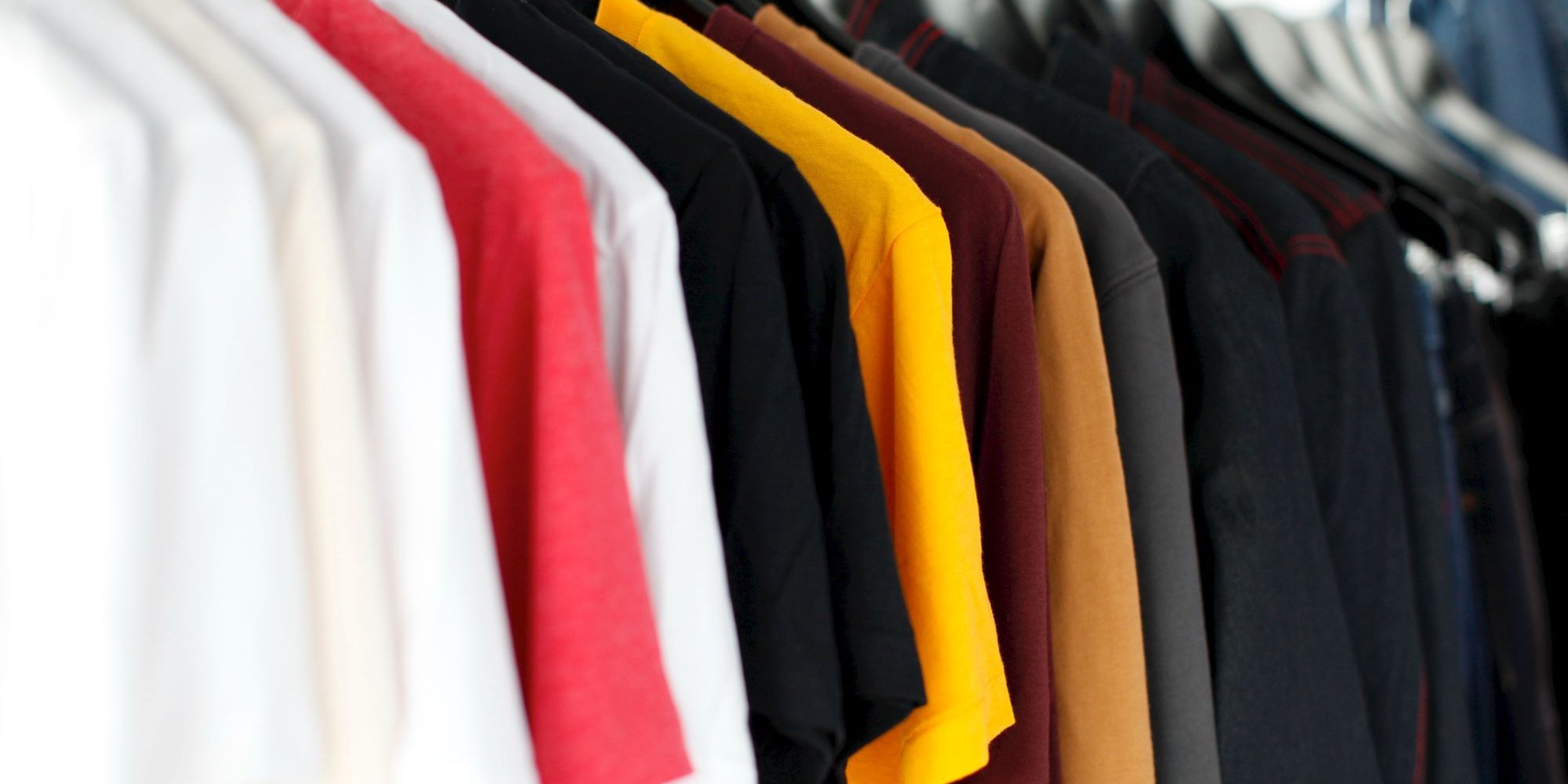Do you want to dress like a Harlequin? And no, we don’t mean the comic servant of theatre, but rather the rugby team. You know, Marcus Smith and co. Well, thanks to a new partnership between Harlequins and British lifestyle manufacturer Beaufort and Blake, fans will, from the Autumn, be able to shop a specific Harlequins collection.
The move is part of an increasing trend of non-sportswear manufacturers looking to partner with sports events and teams. It may not be a brand new trend, but it is certainly a growing and perhaps also a changing one. Hackett, which attracts a similar clientele to Beaufort and Blake boasts an Aston Martin formula one collection. Rayban has a Ferrari range. Yet Formula 1’s cachet in the premium lifestyle has been long tested and widely known. When other sports have developed collections with lifestyle brands, they tend to either be predominantly sportwear brands making the move (any glance at a Nike, Adidas or New Balance or similar website will show ranges dedicated to sponsored teams), or they sit clearly in the brand’s sportswear collection rather than crossing firmly into smart casual. Lacoste’s Novak Djokovic collection, for example, is composed of clothing that could be worn on the tennis court, with sunglasses the only element that could truly be considered a lifestyle piece. In Roger Federer’s Uniqlo collection, technical clothing outnumbers lifestyle items with the exception of caps in a variety of colours. As far as team sports go, smart casual collections affiliated to a team but sold as part of a purely lifestyle collection are a rarer beast.
It is a subtle but important reorientation, placing the team and sport more centrally within the brand’s offering. Exeter Chiefs for example do have what could be considered a smart casual sponsor in the form of Crew Clothing, but while Crew provides services as a supplier to Exeter, a full range of Exeter chiefs branded crew clothing housed on the apparel manufacturer’s main website has not yet materialized. Expect this to become more normal though. Although there is not yet a full Chiefs shop, Cew does for example offer a Williams Racing collection, a collaboration much more similar to Quins’ new deal whereby the brand provides Williams’ official travel kit and offers a consumer range as part of its ‘summer of sport’ lineup.
Perhaps the less risky element of that lineup is Crew’s new partnerships with events rather than teams. Crew Clothing for example has partnerships with the LTA and Henley Royal Regatta. These events, much like Formula 1 and Rugby in general, offer the brand a specific cachet and credibility with specific consumers. While a small minority may feel alienated by the range, Crew calculates that by sitting at this more aspirational end of the market while still offering affordable products, it will gain many more sales than it loses.
Brands considering a Harlequins / Beaufort or Crew / Williams style partnership will no doubt be weighing up and quantifying the expected benefits and risks. How much of a market is there for a Harlequins collection? What is the reputational risk to Beaufort and Blake in the event of a club scandal, and just how long might a tarnished partnership linger in customer’s minds even if a brand severed ties? Is Beaufort and Blake for example now less likely to secure the custom of Chiefs or Saracens fans?
Arguably not. While, say, Sale Sharks fans may not choose to buy from the Harlequins collection, they also may not see the manufacturer as overly affiliated with the club. They may instead see a company investing in the sport that they love and consider buying from the standard collection. In other words they might become a customer for unbranded kit even if wearing a rival’s badge, however subtle it may be, would likely be a step too far. A sport’s dynamics, and how tribal its following is will likely dictate the exact degree to which this process takes place.
Brands partnering with sports teams are also looking to curate content. Beaufort and Blake for example are running a new series of articles titled ‘Beaufort and Blake meets’. The first of the articles features a discussion with Quins second row Charlie Matthews. The on brand interview adds variety and interest, as well as the opportunity to cement the brand’s image through set dressing. The Matthews interview takes place in London’s Mr Fogg’s tavern, a quirky, Victorian inspired watering hole in the heart of London’s West End.
What these partnerships suggest strongly is that even non-sportswear manufacturing designers are recognising the value of the sport’s fan and player’s custom.
That in turn gives sports clubs and events new leverage to find expanded revenue streams. The Beaufort and Blake partnership, for example, is Harlequins’ first in what they call the ‘smart casual sector’.
What won’t change is the need for partnerships to feel right. In fact, as both branding and consumer connoisseurism evolve, expect partnerships to undergo ever more rigorous tests in terms of value and image fit. Both Crew and Beaufort and Blake for example make much of exemplifying a particular, slightly preppy, Britishness. Beaufort and Blake even owns a race horse. Although Crew’s price points are lower, both want to appeal to a more premium sector of the market. Partnering with British events and teams like Harlequins, Williams and Henley is a deliberate attempt to appeal to very specific target consumers.
Ultimately though, as more and more people play sport, a process which the latest participation data continues to suggest is underway, sports fans and players will make up an ever bigger chunk of the market. On the pitch and off it, expect more and more companies to prize games and their players.



